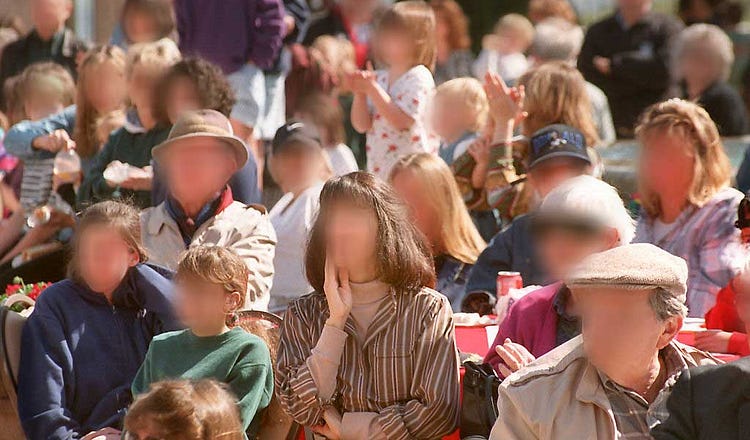I’m Face Blind. Here’s What It’s Like.

“You’d think that I would have realized I was making mistakes no one else makes: getting into strangers’ cars, making plans to meet up with someone and then being surprised by who showed up,” writes Sadie Dingfelder. (Photo illustration by The Free Press, image Joe Pugliese/Los Angeles Times via Getty Images)
It took me until my 40s to understand why I can’t recognize faces—not even my own.
84
When my husband dropped me off at the trailhead, I felt like a kindergartner on the first day of school. “Have fun!” he said, before driving away. A group of outdoorsy-looking ladies stared at me, and I knew why: I’m a 42-year-old woman who depends on her husband for rides.
Pushing aside my embarrassment, I greeted the hiking group with false confidence…
Continue Reading The Free Press
To support our journalism, and unlock all of our investigative stories and provocative commentary about the world as it actually is, subscribe below.
$8.33/month
Billed as $100 yearly
$10/month
Billed as $10 monthly
Already have an account?
Sign In


